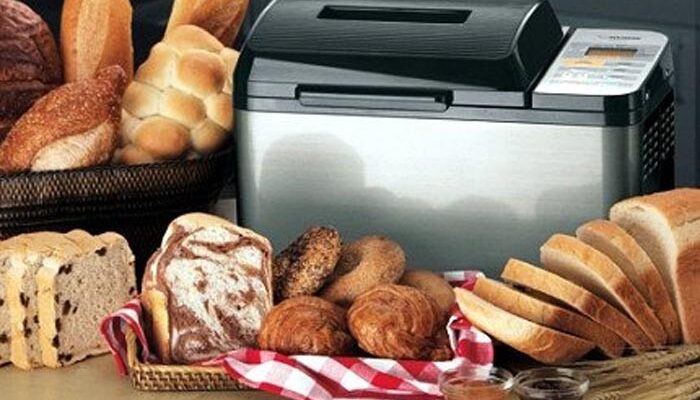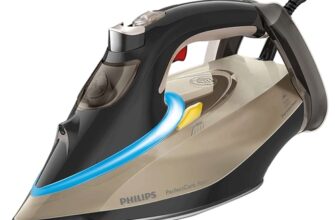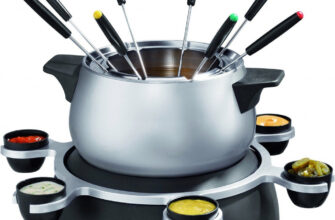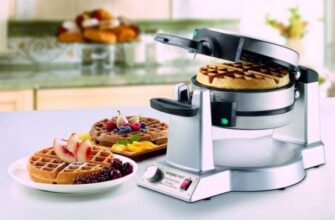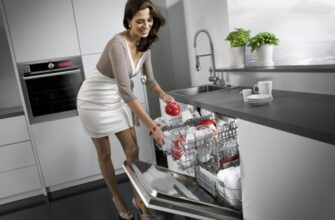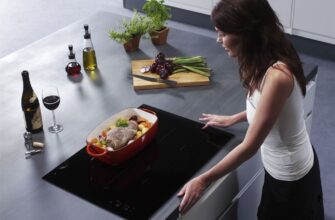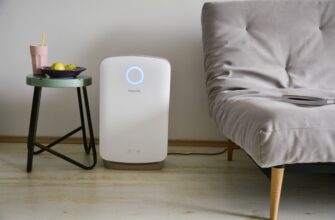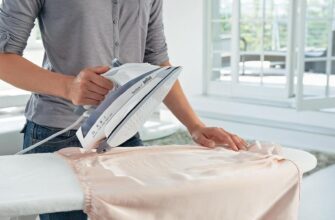Before choosing a bread maker, it is worth evaluating the planned use – the technical characteristics of the future device depend on this.
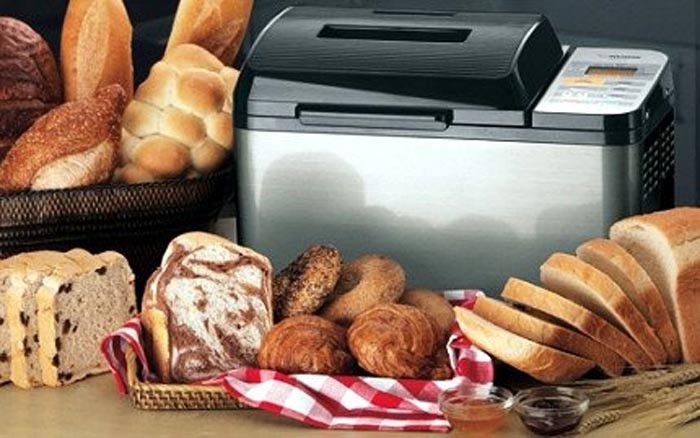
- How to choose a bread maker: what to look for
- What is an electric bread maker
- Which bread maker to choose
- The main criteria for choosing a bread machine
- Body material
- Plastic case
- Advantages
- disadvantages
- Metal case
- Advantages
- disadvantages
- Number of blades for kneading dough
- Availability of additional bowls of various shapes
- Dispenser availability and types
- Supported weight and power of the device
- Additional functions
- The cost of a bread machine
- Top manufacturers
- Video for choosing a bread maker
How to choose a bread maker: what to look for
When choosing a bread maker for home use, you should pay attention to the following technical characteristics:
-
Design (number of dough kneading spatulas);
-
Body material;
-
Bakeware;
-
Baking weight and power;
-
Dispenser;
-
Additional functionality.
-
The manufacturer of the device is also important.
What is an electric bread maker
Structurally and in terms of the method of operation, a bread maker is similar to a multicooker. It is equipped with one or more heating elements and a baking bowl, which are installed in a tightly closed, but not sealed housing. After switching on, the temperature inside the device rises according to the algorithm set by the manufacturer or user.
The design of bread makers in the middle and upper price ranges also includes a stirring device that independently prepares the dough from the ingredients loaded into the bowl. This solution allows you to automate the cooking process. However, it does not always provide exactly those taste qualities, as well as the consistency of the finished product, which one would like to receive – especially when it comes to dense bread made from yeast dough.
The kneading paddle is usually baked directly into the finished bread. After cooking, it is removed from it using a special hook that comes with the device.
When choosing a bread maker with a kneading mode, you should pay attention to the number of programs that the device supports. For high-quality baking, the dough must be made appropriately. Therefore, the ingredients in such a bread machine are placed in a strictly defined order, and the number of programs depends on how many variants of products can be prepared using the device.
Which bread maker to choose
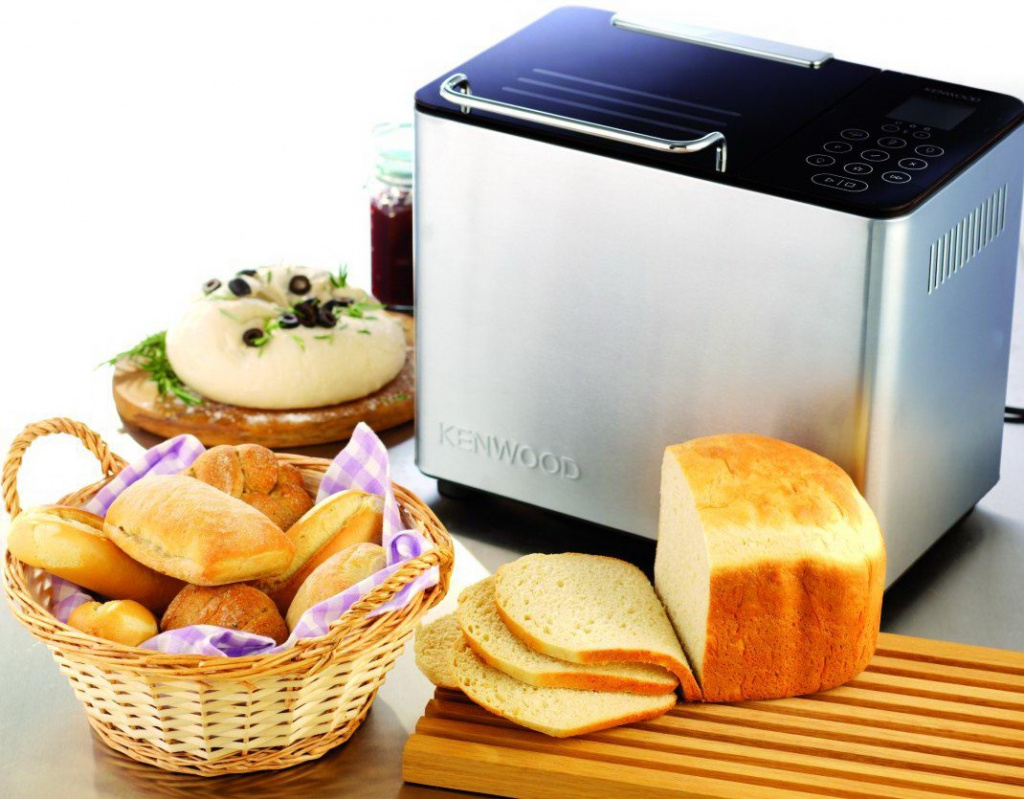
When choosing a bread machine, you should pay attention first of all to the planned use cases. They will determine the future specifications. First of all, it is worth answering the following questions:
-
Do you want to knead the bread yourself?
-
How many people are there in the family?
-
Are you planning to bake only bread, or more buns, pies and similar dishes?
-
Are you planning to bake only wheat bread or different dishes – rye, gluten-free, etc.?
-
Are you planning to bake only regular 'square' loaves of bread, or would you like a round loaf as well?
Kneading the dough by the user on his own is the only way to prepare baked goods of exactly the taste and consistency that the oven owner wants. This, of course, requires certain culinary skills. In this case, the bread maker is nothing more than an alternative to an oven or even a manually operated multicooker, so its necessity is a rather controversial point.
For self-kneading dough, in fact, absolutely any bread maker equipped with a manual mode (or even a multicooker with a 'multi-cook' function) is suitable.
If you don't want to knead the dough, you should buy a bread maker with a large number of preinstalled programs, as well as a kneader.
The number of people in the family determines how much bread to cook at one time. So, one person will have enough device designed for 0.5 kg or even less. But for a family of 3-4 members, even 1 kg may not seem enough.
However, it is not recommended to purchase a bread maker designed for more than 2 kg. It is unlikely that a family is able to 'eat' so many products in a day, so part of the dish will simply be thrown away. Stale homemade bread is not very tasty.
If you plan to bake not only bread, but also other dishes like pies or buns, you should pay attention to the models that support this function. Usually a special mode is used for these purposes. However, manual adjustment of the operating parameters will also be sufficient.
If you plan to bake not only wheat bread, but also rye, gluten-free or from other varieties of flour, then you will need a bread maker with a large number of preset kneading and baking modes.
If you plan to bake round bread, you will need a device with an appropriate bowl. Most often, models with support for this function are equipped with two bowls at once – a square and a round one.
The main criteria for choosing a bread machine
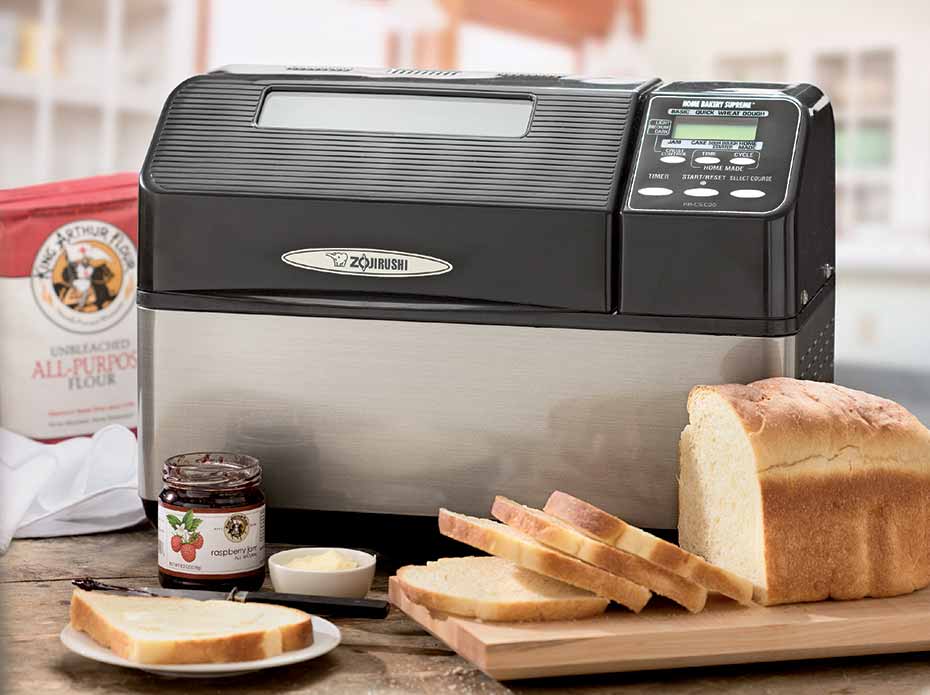
When choosing a bread maker, you should pay attention to the following technical characteristics of the device:
-
Body material;
-
Number of blades for kneading dough;
-
The presence of additional bowls of various shapes;
-
Availability and types of dispensers;
-
Supported baking weight and device power.
-
Additional functions such as a timer or keeping the temperature are also important.
Body material
The body of the bread maker can be made of metal or plastic, or a combination of these materials. This parameter does not affect the functionality of the device, but it determines the usability.
Plastic case
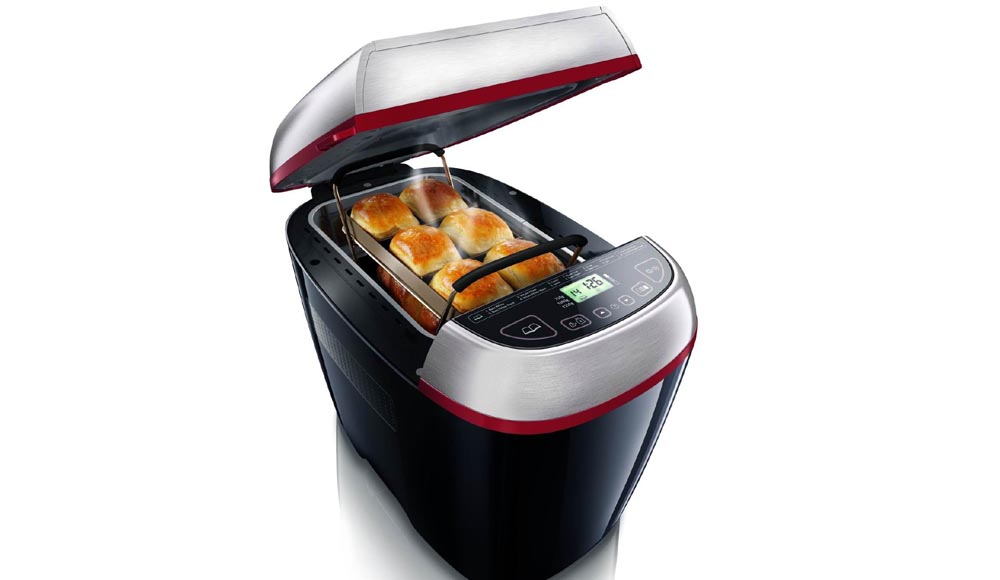
Plastic is the most common material for the body of a bread machine. Devices made from it are practical and low in price.
Advantages
-
Low price;
-
Low weight;
-
Easily washed from most contaminants (except fatty ones);
disadvantages
-
Poorly washed from old dirt;
-
Low mechanical strength (may crack on impact);
-
They are not as attractive in design as in a metal case;
Metal case
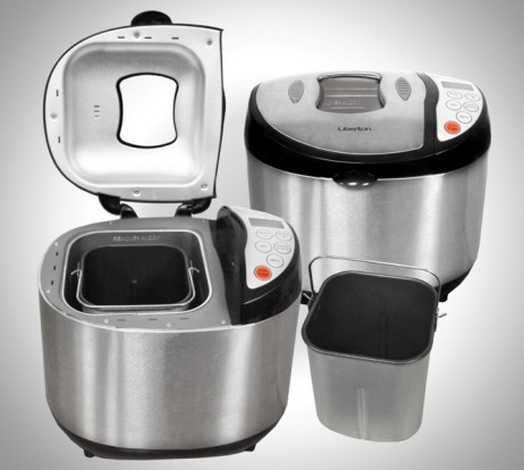
Metal is a more attractive material for the multicooker body in terms of appearance.
Advantages
-
Attractive design;
-
High mechanical strength and shock resistance.
disadvantages
-
Contamination on a metal surface is more noticeable than on a plastic one, and is worse washed off;
-
High weight.
Number of blades for kneading dough
The required number of paddles directly depends on the volume of the baking bowl. If it is large enough, there should be two kneaders. But for compact or round bowls, one blade is enough.
The quality of mixing is important, and it can be indirectly determined by evaluating the size of the spatula. It should be large enough to almost completely cover the bowl without reaching the inside of the bowl. A gap of about 1 cm will be just right.
Likewise if a kneader with two spatulas is used in the bread maker.
Availability of additional bowls of various shapes
Most bread maker models use 1-2 working bowls of various shapes. The standard is a rectangular container in which quite traditional rolls can be baked. The round bowl makes classic loaves.
In addition, if the bread maker is equipped with one kneading paddle, it is better to bake in a round bowl.
For baking rolls, pies, pies and similar products, there is a special stand, which is placed at the bottom of the main bowl. It should be included in the kit. It is not recommended to bake buns, loaves and pies in the main bowl due to the difficulty in removing them.
Dispenser availability and types
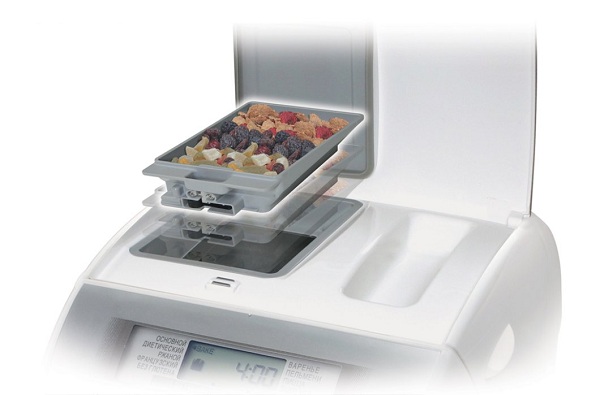
In bread makers of the middle and upper price range, special dispensers are used for additional products – nuts, berries, onions and other additives. They allow you to fully automate cooking.
There are two types of dispensers in bread makers – for additives and for yeast. The latter are found only in top-end models of devices, however, they allow you to get baked goods with the best taste.
Dispensers are useful functional elements, so it is worth paying extra for a bread maker equipped with them.
By the way, in bread makers without dispensers, additional ingredients will have to be added manually. The device reminds of the necessity of their 'nesting' with a sound signal. So the user will need to be present in the kitchen.
Supported weight and power of the device
The power of the device must correspond to the weight of the dough it supports. So, the optimal consumption for a bread machine designed for 0.5-1 kg is 500 watts. But a device into which more than 1.5 kg of dough can be put must have a power of 700-800 watts.
Nevertheless, there is no fundamental difference in the speed and quality of baking for bread makers of different capacities with automatic (preset) modes. Current consumption and heating intensity matter only in two cases – when the fast baking program is on and when you independently adjust the operating parameters.
Therefore, if you do not plan to independently set the baking parameters, you can ignore the power of the bread machine.
But weight matters if several people will use the device. For a single 'eater', a model rated at 0.5kg or less will do. But a family will need a device capable of making 1-1.5 kg of bread.
Additional functions

Additional functions that determine the practicality of the device include:
-
Weight adjustment is a useful feature for bread makers that can handle large quantities of food. You can cook a small portion with it. Adjusting the weight changes the cooking time and, in some cases, the heating intensity.
-
If you plan to cook not only bread directly in a bread maker, but also buns, then you should choose a model equipped with this function.
-
The quick bake mode also allows you to bake small portions of food or bread from dough already kneaded by the user. In addition, some 'standard' products can also be baked in this mode, but their taste may be impaired.
-
The ability to self-configure baking parameters is a useful feature for people who know how to cook. If you want to bake some unusual type of bread, then you should choose a model equipped with this mode. This function allows you to independently adjust the temperature and baking time, turning the bread maker into a kind of analogue of a classic oven.
-
It is desirable that such a bread maker can also 'remember' the settings set by the owner when creating custom programs. This will significantly save time on setting the parameters of work.
-
The presence of a timer allows you to fully automate the operation of the bread machine by starting a delayed start. Then, for example, fresh, hot bread will be waiting for the user upon returning home.
-
The ideal 'fully automatic' configuration is a delayed start bread maker with food and dry yeast dispensers.
-
The temperature maintenance mode will appeal to lovers of hot bread. But it is worth remembering that ready-made baked goods with prolonged heating may turn out to be dry and not so tasty. It is undesirable to keep it hot or warm for more than an hour.
-
Thus, if you want to receive fresh hot bread upon returning from work or a walk, it is better to pay attention to models with a timer and dispensers, and not with a temperature maintenance mode.
-
The Gluten Free Baking program is one of the most essential features for those who buy a bread maker to make bread from rice, potato, corn, buckwheat flour or other gluten free products. If the device is purchased for baking wheat, rye, oat or similar flour, this program is simply not needed.
-
The crust color selection changes the heating temperature towards the end of the baking program. In most device models, it is realized in the form of three intensities of 'roasting' – low (as is usually the case with store bread), medium (crispy crust) and strong (dark-colored roasted crust with a bright taste).
-
The viewing window and the illumination of the bowl are especially important when baking manually. They allow you to assess the degree of readiness of the bread without opening the lid of the device. Also, a viewing window and illumination of the bowl are necessary if the flour is not of sufficient quality and the bread is baked before the end of the automatic program – through them you can see the degree of its readiness and, if necessary, stop heating the container.
The complete set of the bread machine determines its practical qualities. The minimum set, of course, is a single bowl. But if necessary, you should choose a bread machine with the following accessories:
-
Round bowl (for baking loaves);
-
Stand for baking buns, loaves and similar dishes;
-
Portion containers for baking several individual loaves of bread;
-
Kneading paddles, including spare;
-
Hook for removing blades from finished bread;
-
Measuring spoon and glass;
-
A cookbook, which includes recipes adapted to a specific model of a bread machine.
While 'rich' bread makers are often more expensive than conventional bread makers, they are rewarding and rewarding. Especially the cookbook.
The cost of a bread machine
The cost of a bread maker directly depends on its functionality, configuration and the number of modes supported. So, the price tag for budget models is 2-4 thousand rubles (and such devices only allow you to cook ordinary wheat bread with some variations), and for top-end ones – already 18-20 thousand rubles (and they are quite suitable for baking of various varieties).
But the overwhelming majority of bread machines are in the price range of 6-10 thousand rubles.
Top manufacturers
Among the manufacturers of bread makers, the following companies can be distinguished:
-
Panasonic, Philips – produce models of the middle price segment with excellent performance;
-
Redmond – produces models in the top price segment with excellent performance and durability;
-
Moulinex – manufactures models of the top price segment with a rich set, various programs and excellent baking quality.
-
Among the manufacturers of budget bread makers, the Vitesse company can be distinguished.
!
In the following articles, our experts will tell you how to choose the right electric kettle and the secrets of choosing a kettle for the stove.
Video for choosing a bread maker
Attention! This material is the subjective opinion of the authors of the project and is not a purchase guide.

